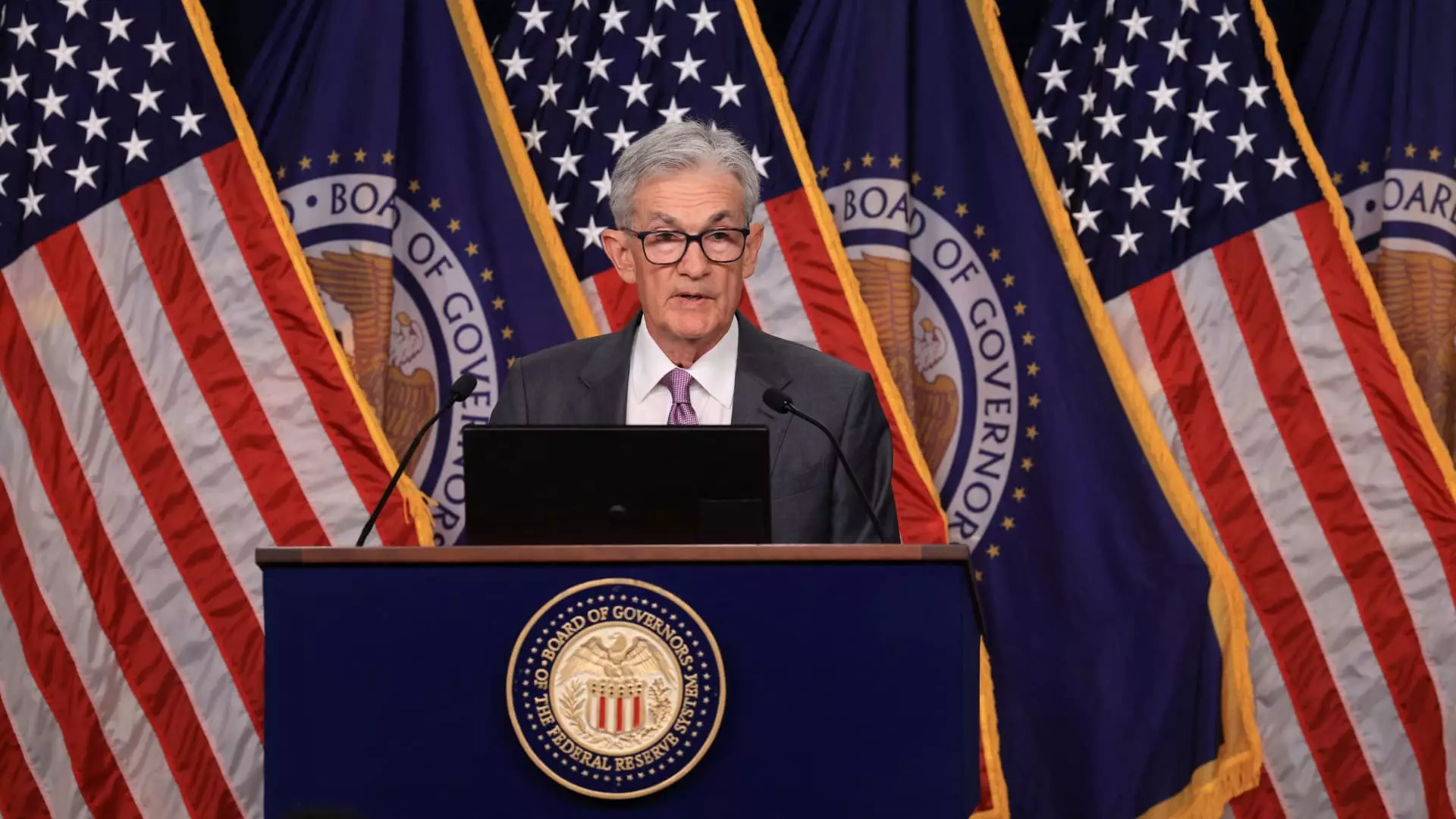The Federal Reserve’s recent actions signal a cautious yet optimistic approach towards managing interest rates in the coming year and beyond. With a projected decrease of interest rates by half a point before 2024 concludes, the Fed appears committed to navigating a complex economic landscape. Currently, the benchmark federal funds rate sits in the range of 4.75% to 5%, marking the first decrease since the onset of the COVID-19 pandemic. This action highlights the Fed’s ongoing response to evolving economic conditions.
A pivotal tool in understanding the Fed’s outlook is the dot plot, which illustrates the members’ individual rate projections. As per the current sentiments of the Federal Open Market Committee (FOMC), the anticipated benchmark rate is expected to stabilize at 4.4% by the end of this year, translating to a target range of 4.25%-4.5%. This insight underscores a slight optimism among Fed members regarding the stabilization of inflation rates as they predict a gradual decline into 2025 and 2026, with rates settling around 3.4% and 2.9% respectively.
However, the recent statements from Fed Chairman Jerome Powell reflect a meticulous approach. He emphasized that there is no urgency in executing further rate cuts, which suggests that the Fed is willing to observe and adapt to economic conditions as they unfold. Such a mindset indicates a balanced strategy rather than reactions to market fluctuations, which can lead to instability.
In conjunction with the interest rate cuts, the Fed has revised its economic projections. Notably, the unemployment forecast has increased to 4.4% from the previously anticipated 4%. This upward adjustment signifies a broader concern regarding the labor market’s resilience amidst shifting economic indicators. Concurrently, the inflation outlook witnessed a decline, with predictions now at 2.3%, a reduction from an earlier projection of 2.6%.
The core inflation rate, stripped of volatile food and energy prices, is also projected to decrease, reflecting a broader trend of tightening economic signals. These combined factors contribute to a picture of cautious optimism, while also recognizing potential hurdles in achieving full employment and stable inflation.
Looking forward, the Federal Reserve is set to reconvene for two significant policy meetings before the year concludes, specifically on November 6-7 and December 17-18. These meetings will prove crucial in shaping monetary policy strategies that will impact both immediate economic conditions and long-term financial stability. The Fed’s approach, marked by its willingness to take measured steps, will likely continue to draw attention as analysts and economists evaluate the effectiveness of these rate adjustments in promoting sustained economic recovery.
While the Federal Reserve’s projections reflect a cautious and balanced approach to monetary policy, the evolving economic landscape necessitates ongoing scrutiny and adaptation. As they navigate the complexities of the current environment, the emphasis on stability will remain paramount in the Fed’s mission to achieve its dual objectives of maximum employment and stable inflation.


Leave a Reply